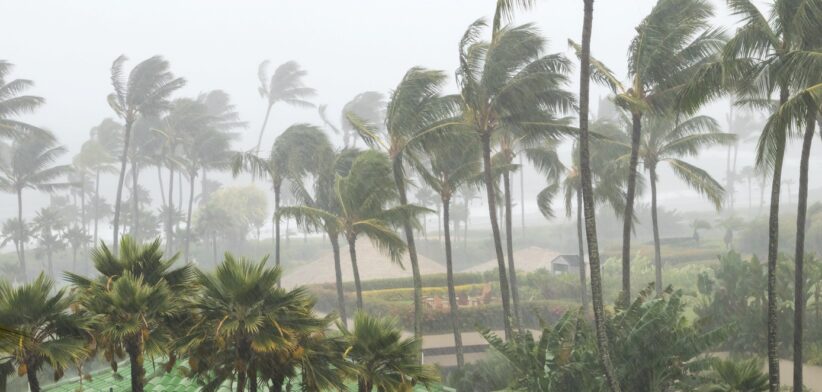Evidence dating back 150,000 years points to future monsoon seasons across northern Australia being more intense.
Scientists from Townsville’s James Cook University came to that conclusion after analysing ancient core samples from the Northern Territory.
Distinguished Professor Michael Bird said a team of scientists drilled more than 19 metres into the bed of Girraween Lagoon near Darwin and extracted 160 core samples.
Professor Bird said by studying the samples they were able to link changes in the monsoon season to rapid ice melt in the Northern Hemisphere.
He said this suggested future monsoons across northern Australia would be more intense as the global climate warmed further.
“We showed that the periods of higher rainfall in the past coincide with ‘Heinrich events’ — large pulses of freshwater into the North Atlantic from rapidly melting ice.
“As current global warming progresses, this means that the Indo-Australian monsoon will become more intense, making northern Australia (and other regions) wetter.”
Professor Bird said a trend of increasing monsoon rainfall in north-western Australia had been underway for the past century, accelerating since the 1950s.
“The data from our study suggests that further slowing of the flow of warm and cold water circulating in the Atlantic – a phenomenon which recent work suggests is on track to pass a tipping point – will reinforce this trend.”
Team member Cassandra Rowe said the work resulted in the team having access to the longest pollen record from a lake core in northern Australia.
“This allowed us to examine the patterns of wetting and drying over the past 150,000 years,” Dr Rowe said.
She said the samples also showed some radical shifts in tree cover over intervals as short as 2000 years.
“Over one 3000-year period, tree proportions increased from 5 percent to 95 percent, demonstrating how quickly a changing monsoon can alter ecosystems.”
Read the full study: Holocene hydroclimate inferred from alkane isotope and pollen records from monsoonal northern Australia.








